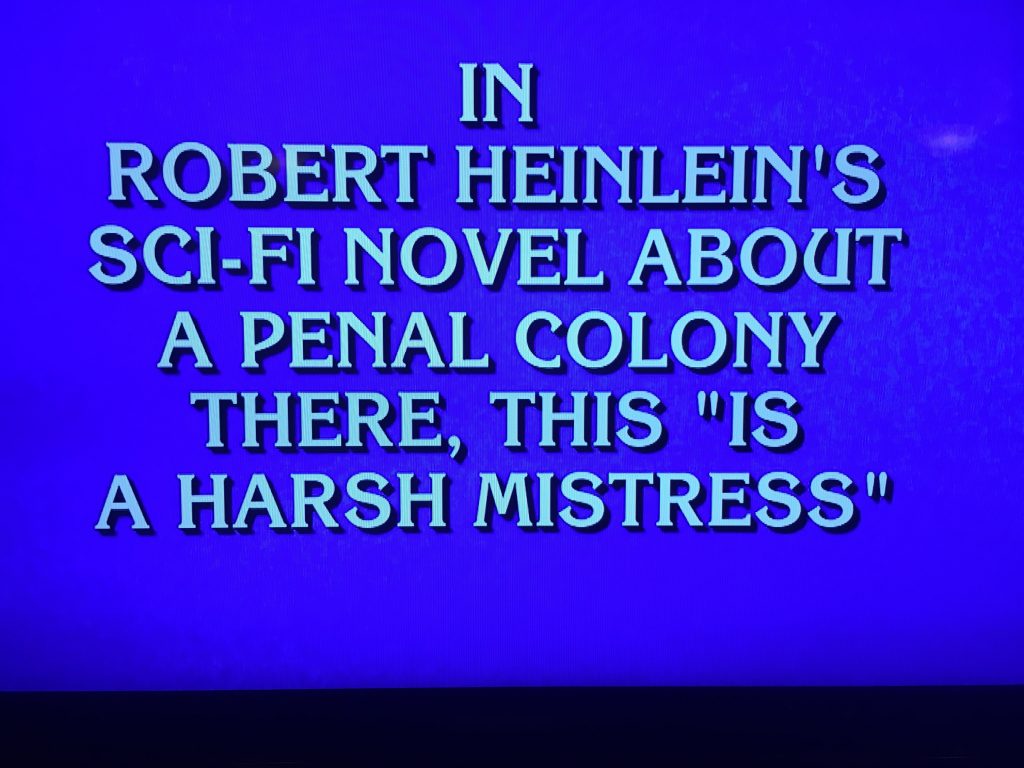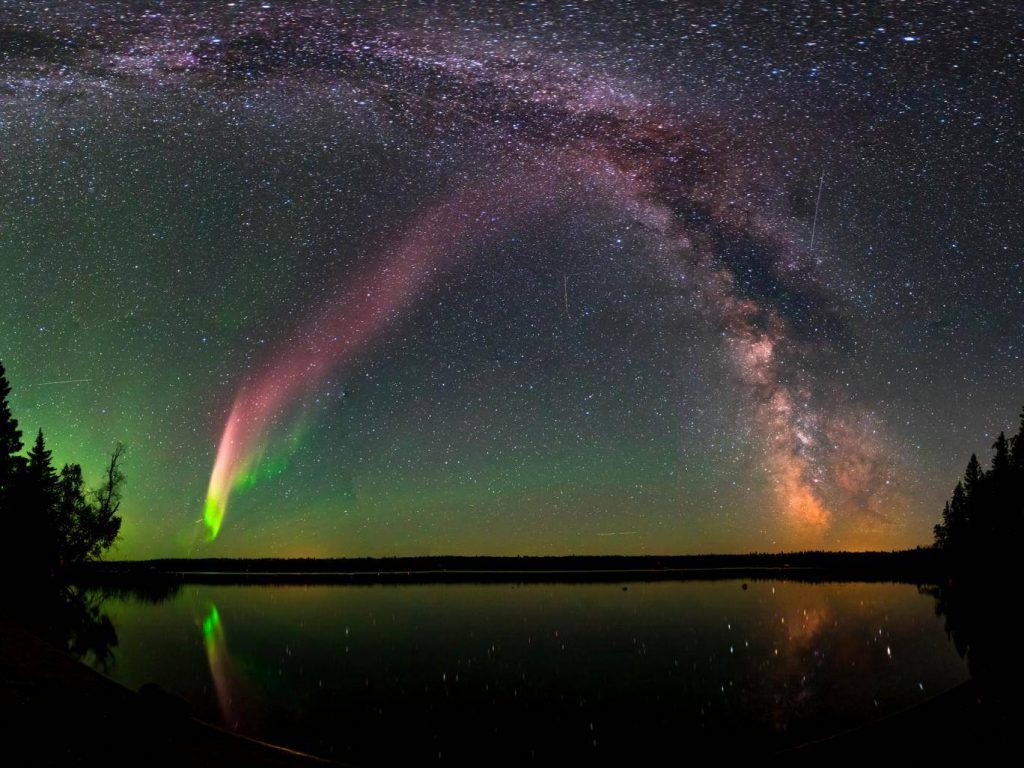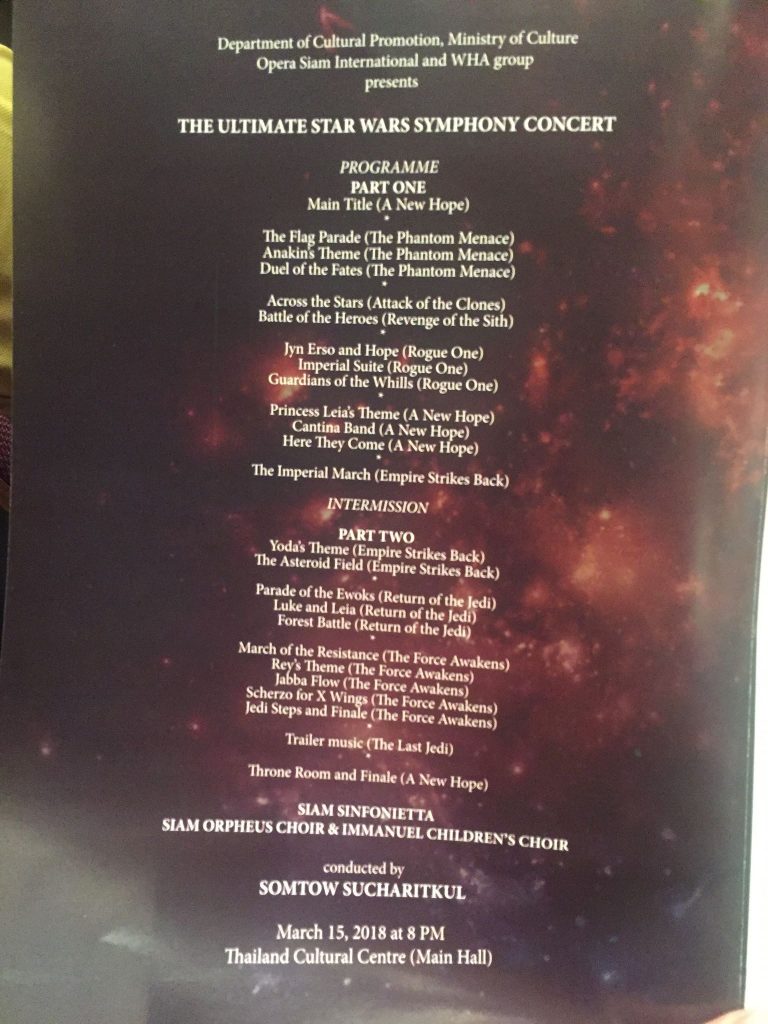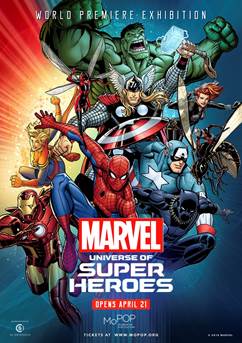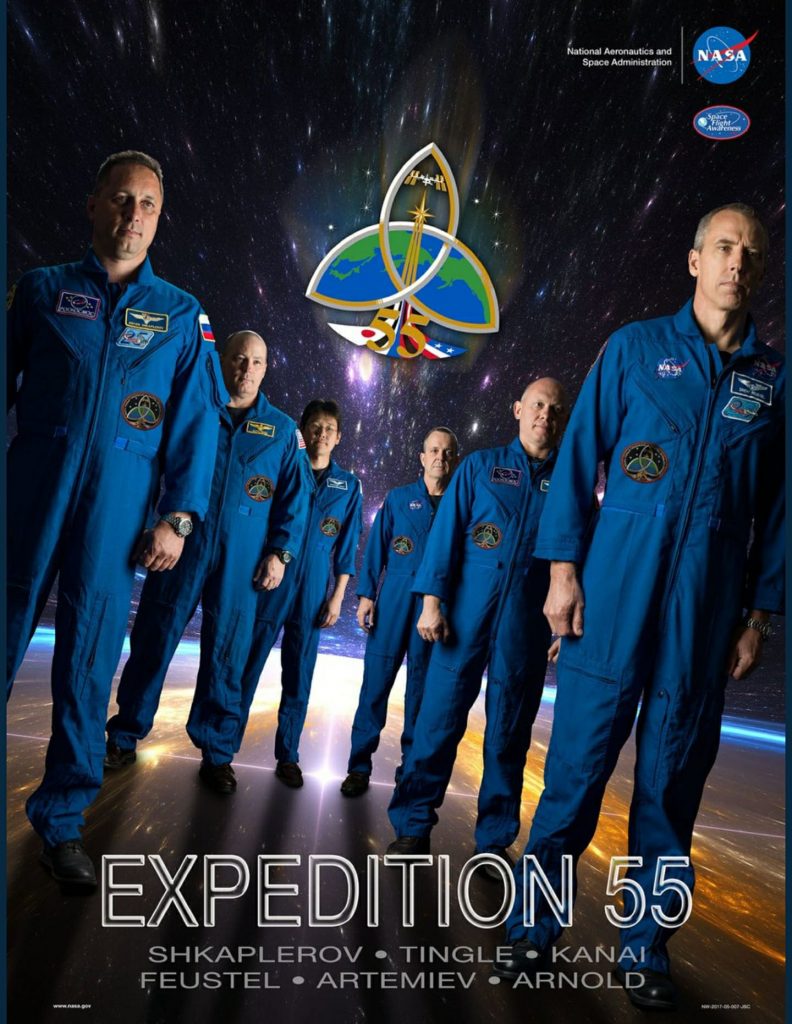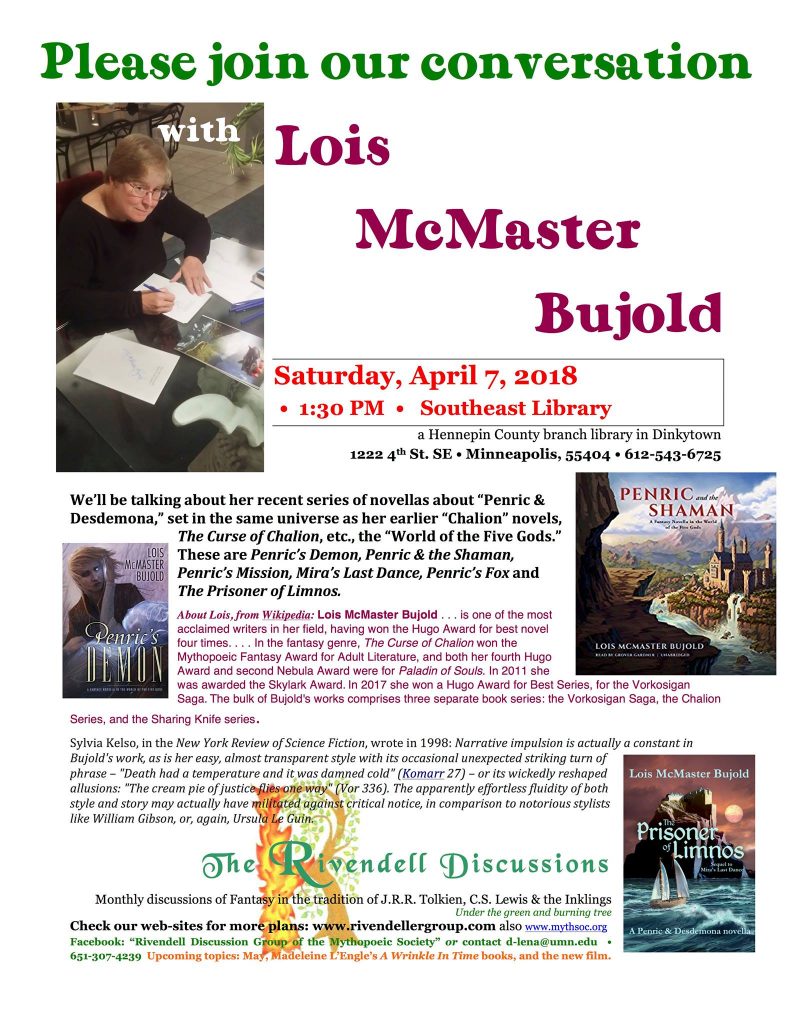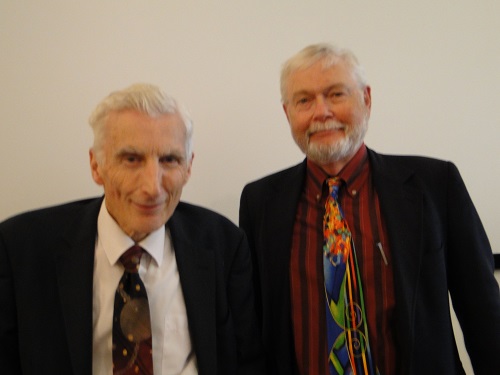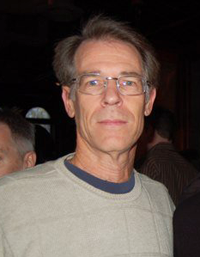(1) WHAT FILERS LOVE. Rocket Stack Rank’s Eric Wong put together a page summarizing the Filers’ Hugo nominations for the three short-fiction categories: “Annotated 2017 File 770 List for Short Fiction”. Here are some highlights:
In the Annotated 2017 File 770 List for Short Fiction, there were 34 stories with a tally of three or more nominations. Here are a few interesting findings from the 14 novellas, 10 novelettes, and 10 short stories:
- 21 stories are free online(62%), including all novelettes and short stories. [Highlight free stories]
- 4 stories are by Campbell-eligible writers. [Group by Campbell Year]
- None are translated stories.
- 14 publications are represented (including standalone novellas) with the top three being Tor novellas (9), Tor.com (5) and Uncanny (6). [Group by Publication]
- RSR recommended 18, recommended against 4, and did not review 2. [Group by RSR Rating]
- 25 of the 33 stories had a score > 1, meaning many were highly recommended by prolific reviewers, inclusion in “year’s best” anthologies, and award finalists. [Group by Score]
Greg Hullender adds, “Note how well we predicted the actual results last year” —
Last year, the top 55 novellas, novelettes and short stories nominated by Filers resulted in the following matches:
- 15 out of 18 short fiction Hugo finalists[Highlight Hugo+2] missing only
- o A Fistful of Permutations in Lightning and Wildflowers by Alyssa Wong
- o The other two were Puppy-picks: Alien Stripper… and An Unimaginable Light
- 4 out of 5 Eugie finalists[Highlight Eugie+2] missing only
- o The Limitless Perspective of Master Peek, or, the Luminescence of Debauchery by Catherynne M. Valente
- 7 out of 9 Sturgeon finalists[Highlight Sturgeon+2] missing only
- o Project Empathy by Dominica Phetteplace
- o The Visitor From Taured by Ian R. MacLeod
- 12 out of 19 short fiction Nebula finalists[Highlight Nebula+2], though the finalists were announced before Hugo nominations closed.
(2) DUBLIN 2019 FAMILY SAVINGS. The Irish Worldcon has a plan: “If you are bringing your family, a family plan might save you a bit of money”.
Dublin 2019: An Irish Worldcon has announced a new family plan for those members who are attending with members of their family. If you sign up for a family plan you will receive 10% off the total costs for the included memberships. This new plan can be used in conjunction with the recently announced Instalment Plan as long as the Family Plan is set up first.
The Dublin 2019 Family Plan enables fans to bring their whole family with them and save 10% on the total costs of memberships. A family plan will consist of 2 “Major” and at least 2 “Minor” Individuals. A “Major” membership is an individual born on or before 15 August 2001 (18+ on the first day of the convention). “Minor” memberships are individuals born between 16 August 2001 and 15 August 2013 (ages 6-17 on the first day of the convention). There is also a single parent variation. Details can be found on the website.
Under the Plan, you first buy a Supporting Membership and then fill in the Dublin 2019 Family Plan Request form. The registration team will then be in touch with your membership invoice. The charge for your family plan will be frozen at the time your application is received, accepted, and calculated. If you have not chosen to apply for the instalment plan we will issue an invoice for the balance which you will have 30 days to pay. If that lapses without payment, then you will need to start the process over again, and costs will be calculated from the date of new application.
With the Attending Membership rates rising at 00:01 hours Dublin time on April 3, 2018, this is an ideal time to consider a Family Membership Plan and ensure that you and your family can attend Dublin 2019 at the current cost.
Full terms and conditions for the Dublin 2019 Family Plan can be found at www.dublin2019.com/family-plan/.
(3) JEOPARDY STRIKES AGAIN. Andrew Porter watched the first Jeopardy! contestant make a miss-take.
Wrong question: “What is Mars?”
Rich Lynch says a second contestant got it right.
(Thanks to Rich for the image.)
(4) AND ANOTHER GAME SHOW REFERENCES SF. Did I mention, The Chase is my mother’s favorite TV show?
#hugoawards is a question on #thechase pic.twitter.com/fcIE5jQNee
— Omega ????????????? (@Weregopher) March 21, 2018
(5) DON’T BITE WIZARDS. Middle-Earth Reflections continues its series with “Reading Roverandom /// Chapter 1”.
Rover’s adventures begin one day when he plays with his yellow ball outside and bites a wizard for taking the ball, which is not to the dog’s liking. The animal’s misfortune is that he has not got the slightest idea that the man is a wizard because “if Rover had not been so busy barking at the ball, he might have noticed the blue feather stuck in the back of the green hat, and then he would have suspected that the man was a wizard, as any other sensible little dog would; but he never saw the feather at all” (Roverandom, p. 41-42). Being really annoyed, the wizard turns Rover into a toy dog and his life turns upside down.
It is because of such poor control of emotions that Rover is bound to embark on an adventure of some kind in a rather uncomfortable form. There also seems to be a lack of knowledge on his behalf. It is not the only time when Tolkien uses the “if they knew something, they would understand a situation better” pattern in Roverandom, as well as in some other of his stories. These references can be either to existing in our world myths, legends and folktales, or to Tolkien’s own stories. In his mythology the character wearing a hat with a blue feather is none other than Tom Bombadil, who is a very powerful being indeed, so a blue feather seems to be a very telling sign to those in the know.
(6) ACCESSIBILITY ADVICE. Kate Heartfield tells “What I’ve Learned about Convention Accessibility” at the SFWA Blog.
… Can*Con is in Ottawa, Canada in October. My job is pretty minor: I wrote our accessibility policy and revise it every year, and I advise the committee about how to implement it when we have particular problems or concerns. Most importantly, I’m there as the dedicated person to field questions or concerns.
Here are a few of the things I’ve learned…
The whole convention committee has to be on board. Programming policies affect accessibility. So do registration procedures, party plans, restaurant guides. If anyone involved shrugs it off, accessibility will suffer. From the beginning, every person on the committee of Can-Con, and every volunteer, has been entirely supportive of me and the policy. When I bring a concern to the committee, the response is always constructive and never defensive. There are limits to what we can do, as a small but growing convention, and so much depends on the physical accessibility of the venue itself. But I’m learning that the limits are actually a lot farther away than they might appear, and with good people working together, a lot is possible….
Accessibility is about inclusion, and it’s a broader topic than you might think. Mobility barriers are probably the first thing that comes to mind, and they’re hugely important, but they’re not the whole picture. Accessibility is also about making sure that everyone is called by the correct pronouns and has access to a washroom where they’ll be safe and comfortable. It’s about trying not to trigger allergies and sensitivities. It’s about making sure that people have the supports they need. One of the most frequent requests we’ve had is simply for quiet recovery space.
(7) IN THE BEGINNING. Sarah A. Hoyt, having finished her Mad Genius Club series defining various genres and subgenres thoroughly and accurately, has embarked on a specialized tour of different ways to start a story. Today it’s “The Atmospheric”. Very interesting, and besides, there’s a Bradbury quote!
…“In the year A.D. 400, the Emperor Yuan held his throne by the Great Wall of China, and the land was green with rain, readying itself towards the harvest, at peace, the people in his dominion neither too happy nor too sad.” – Ray Bradbury, The Flying Machine.
Look at those openings above. They’re obviously not “these people” because except for the first — and it’s not exactly people — there are no people to be “these”.
Is there action? Well, sort of. I mean things are happening. But if those are the main characters of your novel they’re kind of weird, consisting of a hole in the ground, a light in the sky, noise and apparently the Emperor Yuan.
Of course these are atmospheric beginnings.
Atmospheric beginnings are hard to do. It’s easy to get lost in writing about things in general, but will they capture the reader? And while you — well, okay, I — can go on forever about the beautiful landscape, the wretched times, the strange events in the neighborhood, what good is that if your reader yawns and gently closes the book and goes to sleep?
To carry off an atmospheric beginning, too, you need impeccable wording, coherent, clear, and well… intriguing. If that’s what your book calls for, a touch of the poetic doesn’t hurt either….
(8) THE BIT AND THE BATTEN. So much for security: “Teenager hacks crypto-currency wallet”.
A hardware wallet designed to store crypto-currencies, and touted by its manufacturer as tamper-proof, has been hacked by a British 15-year-old.
Writing on his blog, Saleem Rashid said he had written code that gave him a back door into the Ledger Nano S, a $100 (£70) device that has sold millions around the world.
It would allow a malicious attacker to drain the wallet of funds, he said.
The firm behind the wallet said that it had issued a security fix.
It is believed the flaw also affects another model – the Nano Blue – and a fix for that will not be available “for several weeks”, the firm’s chief security officer, Charles Guillemet told Quartz magazine.
(9) FINAL HONOR. BBC reports “Stephen Hawking’s ashes to be interred near Sir Isaac Newton’s grave”.
The ashes of Professor Stephen Hawking will be interred next to the grave of Sir Isaac Newton at Westminster Abbey, it has been revealed.
The renowned theoretical physicist’s final resting place will also be near that of Charles Darwin, who was buried there in 1882.
(10) SKY CEILING. In the Netherlands, “The world’s oldest working planetarium”, over two centuries old.
There was a beat of silence as the room’s atmosphere shifted from inward reflection to jittery disbelief. “How is that even possible?” said one visitor, waving a pointed finger at the living-room ceiling. “Is it still accurate?” asked another. “Why have I never heard of this before?” came the outburst from her companion. Craning my neck, I too could hardly believe it.
On the timber roof above our heads was a scale model of the universe, painted in sparkling gold and shimmering royal blue. There was the Earth, a golden orb dangling by a near-invisible, hand-wound wire. Next to it, the sun, presented as a flaming star, glinting like a Christmas bauble. Then Mercury, Venus, Mars, and their moons in succession, hung from a series of elliptical curves sawn into the ceiling. All were gilded on one side to represent the sun’s illumination, while beyond, on the outer rim, were the most-outlying of the planets, Jupiter and Saturn. Lunar dials, used to derive the position of the zodiac, completed the equation.
The medieval science behind the Royal Eise Eisinga Planetarium is staggering, no matter how one views it….
(11) NIGHTLIGHT. The Independent tells readers: “Mysterious purple aurora dubbed ‘Steve’ by amateur stargazers spotted in Scotland”.
Stargazers were treated to a rare and mysterious sight named “Steve” as it lit up the night skies.
The unusual purple aurora was first discovered by a group of amateur scientists and astrophotographers who gave it the nickname, Nasa said.
Its striking purple colour and appearance closer than normal to the equator sparked interest in Scotland where it was visible from the isles of Lewis and Skye this week,
(12) NIGHTFLYERS. Here’s a teaser from the Syfy adaptation: “‘Nightflyers’: Syfy Unveils First Footage of George R.R. Martin Space Drama”.
A day after replacing showrunners, Syfy has unveiled the first look at its upcoming George R.R. Martin space drama Nightflyers.
Nightflyers is, without question, a big swing for Syfy. The drama, based on Game of Thrones creator Martin’s 1980 novella and the 1987 film of the same name, follows eight maverick scientists and a powerful telepath who embark on an expedition to the edge of the solar system aboard The Nightflyer — a ship with a small, tight-knit crew and a reclusive captain — in hopes of making contact with alien life. But when terrifying and violent events begin to take place, they start to question each other, and surviving the journey proves harder than anyone thought.
(13) JOB APPLICATION. A video of Shatner and Nimoy at Dragon Con is touted as “the funniest Star Trek convention of all time” by the poster.
William Shatner repeatedly asked Leonard Nimoy, “Why am I not in the movie?!”
(14) IMITATION IS THE SINCEREST FORM OF FLATTERY: Jason sends word that Featured Futures has added a couple of items regarding markets receiving accolades and magazines receiving coverage by prolific review sites.
Noted Short SF Markets: 2017 is the first variation on a theme:
The following is a list of short fiction markets which had 2017 short stories, novelettes, or novellas selected for a Clarke, Dozois, Horton, or Strahan annual or which appeared on the final ballot of the Hugos or Nebulas. They are sorted by number of selections (not individual stories, which sometimes have multiple selections).
This is a variant of “The Splintered Mind: Top Science Fiction and Fantasy Magazines 2017.” This only tabulates six factors over one year rather than the many factors over many years of the original. That version helps flatten out fluky peaks and valleys but this provides an instant snapshot of major accolades. (This version also includes whatever venue the stories come from while that version focuses on magazines.) I’d thought about doing this before but stumbling over that finally got me to do it.
The second variation on a theme is Magazines and Their Reviewers
This page presents a table of the science fiction, fantasy, and horror magazines covered by five “prolific review sites.” Its primary purposes are to help people find the coverage of the zines they want to read about and/or to help them see which zines are covered from multiple viewpoints.
This is a variant of Rocket Stack Rank‘s “Magazine Coverage by Reviewers.” There are two significant differences and a minor one. First, this lists all the magazines regularly covered by the reviewers. Second, the list of reviewers includes Tangent Online but not the editors of annuals who presumably read most everything but don’t maintain review sites (though Dozois, Horton and others do review recommended stories for Locus). The minor difference is just that there’s no number column because this isn’t being done for “stack ranking” purposes.
(15) UP TO SNUFF? Zhaoyun covers a feature available on Netflix in “Microreview [film]: Mute, directed by Duncan Jones” at Nerds of a Feather.
The name ‘Duncan Jones’ will immediately evoke, in the minds of the small but powerful(ly voiced) group of cine-nerds, the masterful 2009 film Moon, and/or the respectable cerebral (get it?!) thriller Source Code of 2011. Garden-variety meathead non-nerds, on the other hand, might recall him as the director of the 2016 video game-to-film adaptation of Warcraft—you know, the movie that absolutely no one was eagerly awaiting. No matter your nerd credentials, then, you probably associate Duncan Jones with a certain cinematographic pizzazz, and like me, your expectations were probably quite high for his latest brainchild, the only-on-Netflix 2018 futuristic neo-noir Mute. The question is, were those expectations met?
Nah. But before we get to the bad news, I’ll give the good news. The film is breathtakingly beautiful, leaving no rock of the delectably dirty futuristic Berlin unturned, and what’s more, it is full of quirky little visual predictions of what the world will be like in twenty years (you know, mini-drones delivering food through the drone-only doggy door on windows, etc.). Plus, Paul Rudd was, in my opinion, an excellent casting choice, as his snarky-but-harmless star persona helps mask the darkness lurking deep within his character here.
(16) PASSING THROUGH. Renay praises a book: “Let’s Get Literate! In Other Lands by Sarah Rees Brennan” at Lady Business.
Portal fantasies feel like a staple of childhood. I missed most of the literary ones. I loved In Other Lands, but as much as it is a portal fantasy it’s also a critique of them, a loving celebration and deconstruction of their tropes and politics, and I probably missed 95% of everything this book does. Does it do what it set out to do well? Yes, says the portal fantasy newbie, whose experience with portal fantasy as a Youngster comes in the form of the following:
- Through the Ice by Piers Anthony and Robert Kornwise
- Labyrinth, starring David Bowie
- The Neverending Story; too bad about those racial politics
- Cool World starring Brad Pitt, which I watched when too young
- Space Jam, the best sports movie after Cool Runnings
(17) X FOR EXCELLENT. Also at Lady Business, Charles Payseur returns with a new installment of “X Marks the Story: March 2018”, which includes a review of —
“The Secret Lives of the Nine Negro Teeth of George Washington”, Phenderson Djèlí Clark (published at Fireside Magazine, February 2018)
What It Is: As the title of this short story implies, it is a history of sorts of the people behind the teeth that George Washington bought to use for his dentures. Structured into nine sections, the story builds up a wonderfully imagined alternate past full of magic, monsters, and war—even as it uncovers the exploitation and abuse lurking at the heart of the very real history of the United States of America. Each story explores a different aspect of the past through a fantasy lens, and yet the truth of what is explored—the pain and atrocities that people faced under the rule of early America—rings with a power that echoes forward through time, reminding us of the origins, and continued injustices, of this country….
(18) RUSS TO JUDGMENT. Ian Sales takes a close look at “The Two of Them, Joanna Russ” (1978) at SF Mistressworks.
…The depiction of Islam in The Two of Them would only play today on Fox News. It is ignorant and Islamophobic. Russ may have been writing a feminist sf novel about the role of women, but she has cherrypicked common misconceptions about women in Islamic societies as part of her argument, and ignored everything else. This is not an Islamic society, it’s a made-up society based on anti-Islamic myths and clichés….
There’s a good story in The Two of Them, and the prose shows Russ at her best. Toward the end, Russ even begins breaking the fourth wall and directly addressing the reader. The narrative also discusses alternative outcomes of Irene’s story, probabilistic worlds and events that would naturally arise out of the premise of the Trans-Temporal Authority. Her depiction of Irene, contrasting both her lack of agency in 1950s USA and her agency in the Trans-Temporal Authority, makes an effective argument. But the attempt to contrast it with Islam is a definite mis-step….
(19) AUDIENCES LOVE NEXT DEADPOOL. The Hollywood Reporter learned “‘Deadpool 2’ Outscores Original in Test Screenings”.
The Ryan Reynolds-fronted sequel has been tested three times, with the scores for the first two screenings coming in at 91 and 97. The final test, which occurred in Dallas, tested two separate cuts simultaneously, which scored a 98 and a 94. The 98-scoring cut is the version the team is using, a source with direct knowledge told THR.
The crew attended the final screenings in Dallas, and a source in the audience of the 98 screening describing the environment to THR as being electric and akin to watching the Super Bowl.
It’s worth noting the highest test screening the original Deadpool received was a 91, according to insiders. The film went on to gross $783 million worldwide and stands as the highest-grossing X-Men movie of all time.
(20) VIDEO OF THE DAY. “Isle of Dogs: Making of: The Animators” is a look at how 27 animators and ten assistants used state-of-the-art animation to make – you guessed it — Isle of Dogs..
[Thanks to John King Tarpinian, JJ, Rich Lynch, Chip Hitchcock, Carl Slaughter, Cat Eldridge, Andrew Porter, Greg Hullender, Jason, and Martin Morse Wooster for some of these stories. Title credit goes to File 770 contributing editor Peer.]


